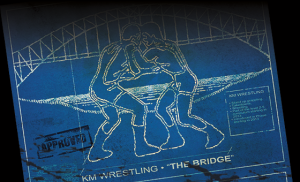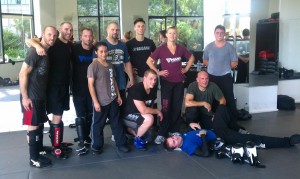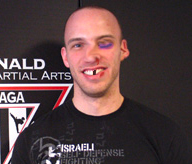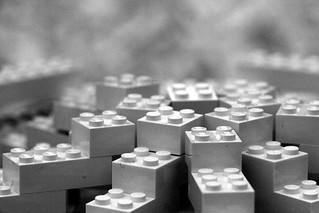
While at the Krav Maga Worldwide National Training Center for Expert Series I, I picked up from licensing instructor Matt Romond a helpful way to visualize the kinetic chain of defensive and offensive Krav Maga techniques. Matt presented us with a simple mnemonic, but I’ll do my best to complicate it as a math analogy with ancillary nerdery…
With Krav Maga techniques, like solving a polynomial expression, the order in which the parts are assembled will have an effect on the result. The terms of our equation are BODY, HANDS, and FEET. The order of those three components will depend on the technique, but we can generalize into two categories: Offense (strikes) and Defense (self-defense techniques).
Offense: Feet→Body→Hands
Example: Straight Punch from a fighting stance.
Feet: All combatives must come from a strong connection to the ground. A good straight punch begins with a drive of the rear foot into the ground, and that drive continues through the entirety of the punch until it begins its recoil.
Body: The drive that begins in the rear foot travels up the legs, and the hip and shoulder on the same side of the punching hand rotate forward.
Hands: The rotation of the torso fires the hand. The shoulder and elbow extend, and the fist is clenched and rotated as it approaches the target.
Defense: Hands→Body→Feet
Example: 360° Defense vs. a big, sloppy punch. As distance and/or preparedness increase, the bigger the motion of the defense can be.
Hands: If the attacker is very close to you or you are caught very unaware, you may only have time to make a hand/arm defense (90° bend at the elbow, fingers extended, blade of the forearm out), and the punch will be blocked very close to its target (i.e. your face). This action is more of a flinch than a proper defense.
Body: If the attacker is a little further away or the punch is more telegraphed, you may have time to make the hand defense, extend and lock out your shoulder, and lean into the defense to get your weight behind it.
Feet: If the attacker must cover distance to punch you or the punch is very telegraphed, you may have time to form the hand defense, extend and lock out the shoulder, and then burst forward to close the distance and “attack the attack” (block the punch) at the earliest possible point in its trajectory.
See also: “Krav Maga: Techniques vs. Concepts”
 This week in the Advanced Krav Maga classes I introduced some brand new material (new for Krav Maga, anyway) from the major curriculum addition that
This week in the Advanced Krav Maga classes I introduced some brand new material (new for Krav Maga, anyway) from the major curriculum addition that 




